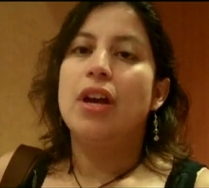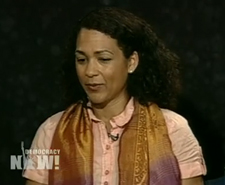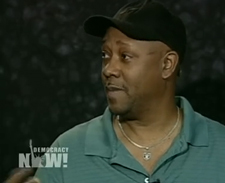 San Francisco-social-networking giant Twitter, which is based in the South of Market Area (SoMa) of San Francisco, was woken up with a rally from various community-based organizations and families riled-up demanding Twitter to comply with their list of demands.
San Francisco-social-networking giant Twitter, which is based in the South of Market Area (SoMa) of San Francisco, was woken up with a rally from various community-based organizations and families riled-up demanding Twitter to comply with their list of demands.
Twitter proposed a $22 Million tax break from the city of San Francisco in order for them to keep from moving to neighboring city, Brisbane. Community based organization SoMCan(South of Market Community Acton Network) organized a lengthy list of demands which include Twitter to provide internships and jobs to those that live in that community as a response to Twitter’s proposal.
SoMCan, organizing Director Angelica Cabande explains, “One demand we requested from Twitter is that they will intern youth and young adults from the neighborhood.
Also, One of the main concerns of many Tenderloin and SoMa residents is to avoid the gentrification seen during the dot-com boom in the late early–mid 2000s when rent was raised by landlords and pushed people out of San Francisco. To this day 10 years after the fact the Bay Area has seen major shifts in their population as a result. The pattern goes something like this..SF in the late 90s in the Mission District and South of Market saw skyrocketing rents (more expensive than Manhattan rents at one point ) and million dollar lofts get built for the ‘new millionaires’ of the dot com industry.. This resulted in thousands of long term residents being forced out the city across the bridge into Oakland. The historic Mission district which has long been an area for Brown folks lost many of its long time resident. The South of Market area lost many in the artists community. The dot com industry of the late 90s went bust but many of those displaced were never ever able to get back to SF.
Oakland with the help of then Mayor Jerry Brown took advantage of this mass exodus and pushed to get many of displaced white residents from SF to come into a refurbished downtown. He promised to make Oakland a sanctuary for artists while simultaneously adding more police and task forces to Oakland’s growing Brown communities which saw its populations jump to 33% and to its long time Black communities. Soon oakland rents sky rocketed along with housing prices as ‘Tha Town became home to half million dollar lofts and condos and million dollar homes. It wasn’t long before many of Oakland’s Black population was X ed out. The latest numbers show we lost 25% over the past 10 years.
The fear is that with Twitter and other companies coming in and getting a measure passed where they don’t pay taxes, that more hi-tech businesses will do the same and we’ll see a second forced mass exodus from the South of Market/ Tenderloin community which is home to many of SF’s poorer residents.
Jeremy Miller, co- director of Education not Incarceration (SF) explains, “This is very serious, we’ve seen it before, we’ve seen the detrimental effects, and we’ve seen communities disrupted [and] people displaced…”
People in San Francisco want twitter to pay their fair share both monetarily and socially. Be a good neighbor is what folks are insisting.
Voting of the proposed tax cuts will be conducted on April 5th, 2011.
As of late…Twitter has not responded & their public relations person was unavailable for comment.





